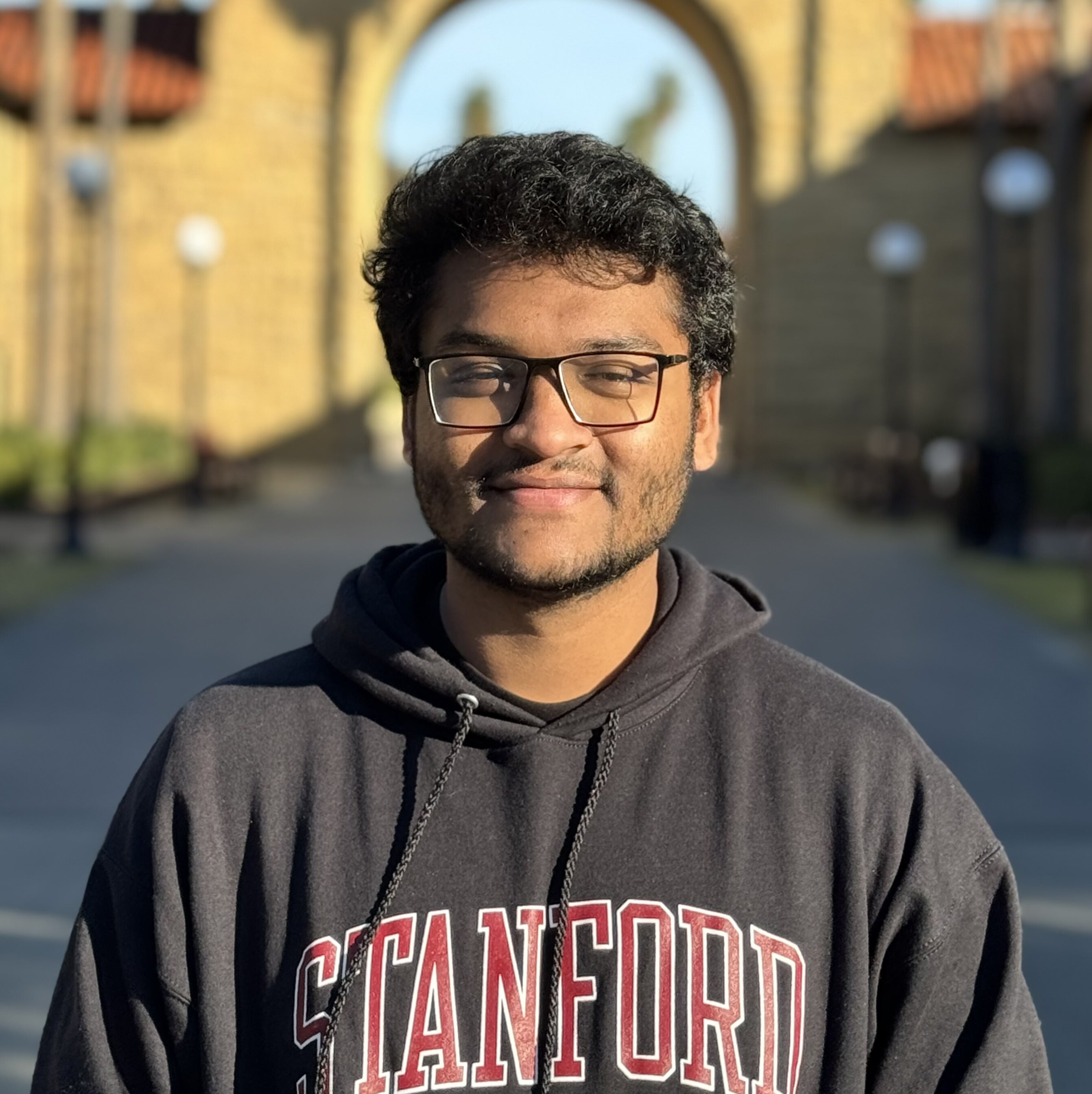Handwritten Code Recognition for Pen-and-Paper CS Education
Abstract
References
Index Terms
- Handwritten Code Recognition for Pen-and-Paper CS Education
Recommendations
Aolah Databases for New Arabic Online Handwriting Recognition Algorithm
Document Analysis and Recognition – ICDAR 2021 WorkshopsAbstractDeveloping an online handwriting recognition system for Arabic script used in pen-based devices plays an important role in making these devices available and usable for Arabic society. This paper is carried out for Arabic script to overcome the ...
Handwritten ZIP code recognition using lexicon free word recognition algorithm
ICDAR '95: Proceedings of the Third International Conference on Document Analysis and Recognition (Volume 2) - Volume 2The paper describes a new approach to ZIP code recognition using a word recognition algorithm, where a numeral string is recognized as a word. The paper also describes an end to end ZIP code recognition system consisting of tilt/slant correction, line ...
Isolated Handwritten Arabic Character Recognition Using Freeman Chain Code and Tangent Line
RACS '17: Proceedings of the International Conference on Research in Adaptive and Convergent SystemsRecognition of handwritten Arabic text is a difficult task since there are many challenges and obstacles that face any handwritten Arabic OCR system. Some of them include, but are not limited to: different handwriting styles, different characters that ...
Comments
Information & Contributors
Information
Published In

- General Chair:
- David Joyner,
- Program Chairs:
- Min Kyu Kim,
- Xu Wang,
- Meng Xia
Publisher
Association for Computing Machinery
New York, NY, United States
Publication History
Check for updates
Author Tags
Qualifiers
- Research-article
Funding Sources
- Carina Initiatives, Inc.(CARINA)
Conference
Acceptance Rates
Contributors
Other Metrics
Bibliometrics & Citations
Bibliometrics
Article Metrics
- 0Total Citations
- 154Total Downloads
- Downloads (Last 12 months)154
- Downloads (Last 6 weeks)22
Other Metrics
Citations
View Options
Get Access
Login options
Check if you have access through your login credentials or your institution to get full access on this article.
Sign in

